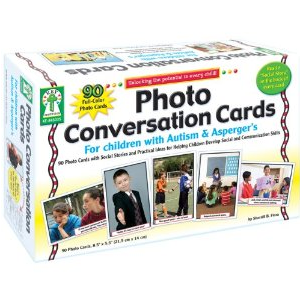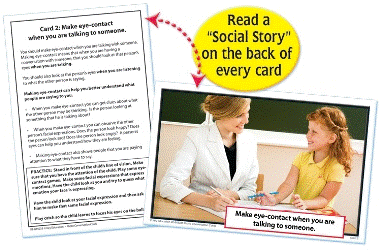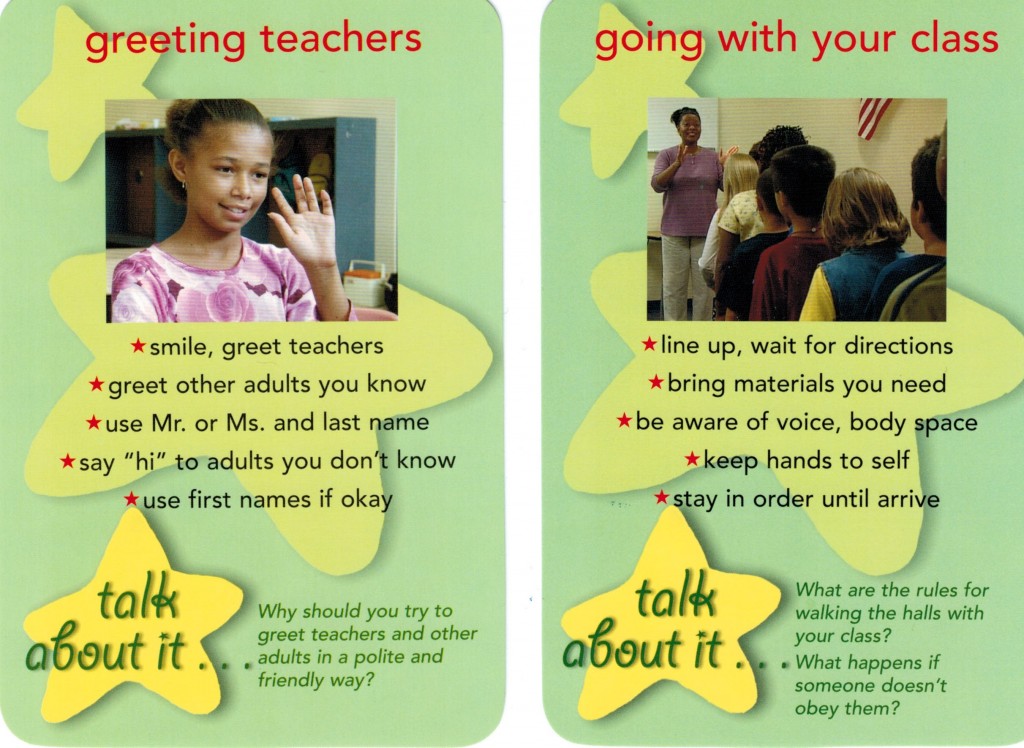Reinforcement Development
When discussing the importance of reinforcement often parents and teachers alike will comment that reinforcement doesn’t work because there is nothing that the child finds to be reinforcing. Often this is not accurate: there are lots of potential reinforcers but they are receiving them for “free.” That is they are not earned or technically they are not contingent. They watch TV, play on the computer or go on an outing without them being earned. If they were made to be contingent upon behavior they would indeed change behaviors. Moreover, there are often many things that could be reinforcers but if the student doesn’t know how to play with, say, the toy, therefore it too is not a reinforcer.
Identifying reinforcers often requires creativity. By “definition” children with ASD enjoy self-stimulation. Perhaps their self-stimulation can be used as a reinforcer. For example, you may provide them the opportunity to line up objects, sift sand or perseverate on a topic as a reinforcer. As another potential reinforcer you can bother them by making demands and intruding upon their space and then leaving them alone can serve as the reinforcer.
Naturally, if you were to use self-stimulation or escape as a reinforcer, you would want to use this as a means to develop other reinforcers. For example, when engaging in self-stimulation you may associate it with music so that music eventually becomes a reinforcer. Association can also be used with escape. For example, when they escape a demand, direct them to play on the computer thereby making the computer a reinforcer.
Whether a student has established reinforcers or if truly there is nothing that is reinforcing, it is necessary to develop reinforcers. But it takes creativity and being highly systematic! The following are a few ideas on how to develop reinforcers:
- Sometimes reinforcement development can be as simple as exposing the child to potential reinforcers.
- Giving free access to potential reinforcers can also create new reinforcers.
- An effective way to develop reinforcers is to associate potential reinforcers with established reinforcers.
- The “packaging” of the reinforcer can is another strategy to develop reinforcers. Often you can “sell” the reinforcer by being enthusiastic and playful.
- Assessing what the student likes and then creating reinforcers based upon interests can create reinforcers.
Giving students choices can be effective in the development of the reinforcement. Simply giving a student a choice of which of two toys he would like to play with can have the effect of making the selected toy as a reinforcer.
This is part of a guest series by Autism Partnership founders Ron Leaf, John McEachin and Mitchell Taubmann. Established in 1994, Autism Partnership is one of the nation’s premier agencies dedicated to providing intensive behavior intervention for children with autism and their families. They offer a comprehensive program and a variety of proven services, including in-home, in-classroom and one-on-one, as well as lectures and workshops. All programs are handled by expert staff and tailored to each individual child, family and caregiver, with the goal of helping that child achieve their best life. For more information, visit www.autismpartnership.com.
 Photo Conversation Cards for Children with Autism and Asperger’s help children develop social and communication skills. Each card presents a full-color photo with a phrase on the front and a social/communication skills story on the back. The photo and script can be used as a discussion or story-starter for developing awareness of social situations. Each scenario is described in detail with socially appropriate responses for children to practice. The set covers topics such as meeting and greeting, personal space, manners, safety, emotions, making and keeping friends, good sportsmanship, and more.
Photo Conversation Cards for Children with Autism and Asperger’s help children develop social and communication skills. Each card presents a full-color photo with a phrase on the front and a social/communication skills story on the back. The photo and script can be used as a discussion or story-starter for developing awareness of social situations. Each scenario is described in detail with socially appropriate responses for children to practice. The set covers topics such as meeting and greeting, personal space, manners, safety, emotions, making and keeping friends, good sportsmanship, and more.

